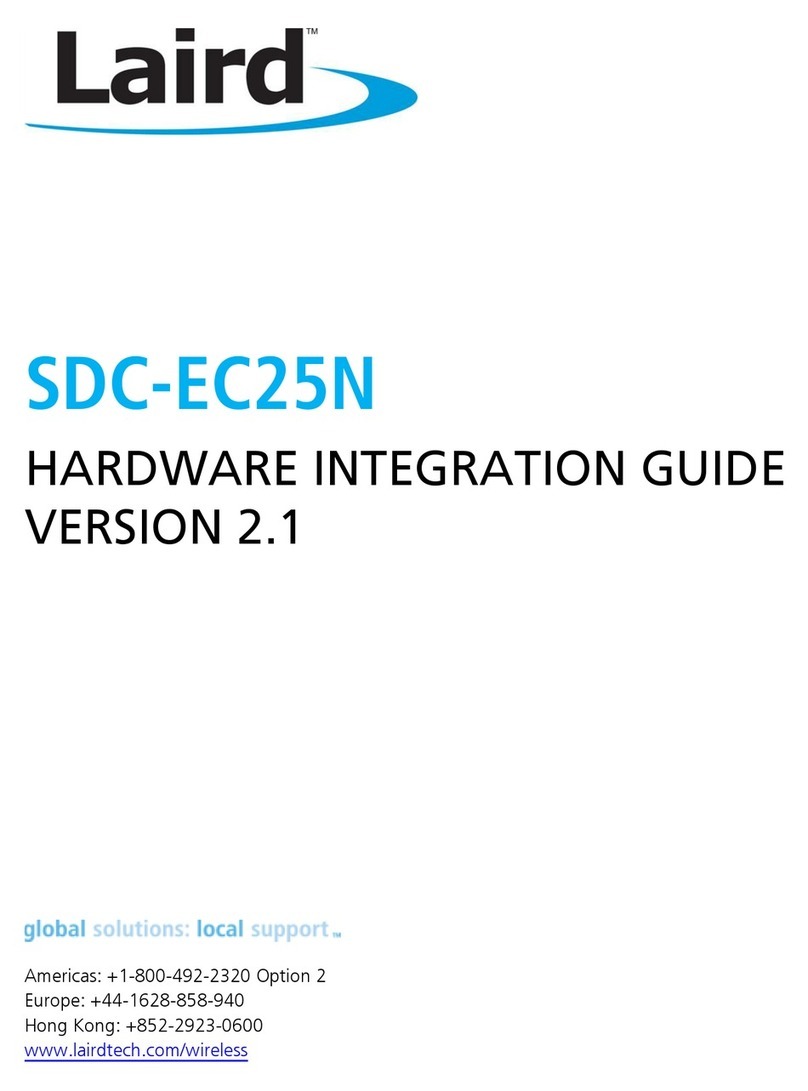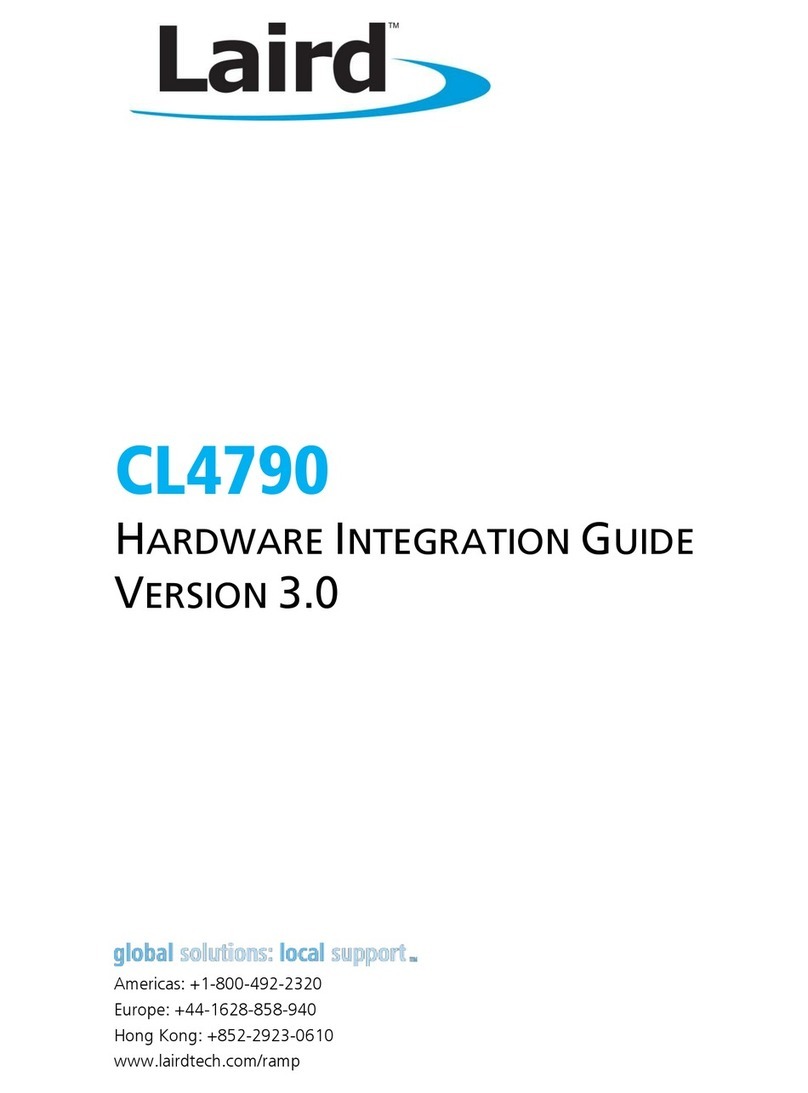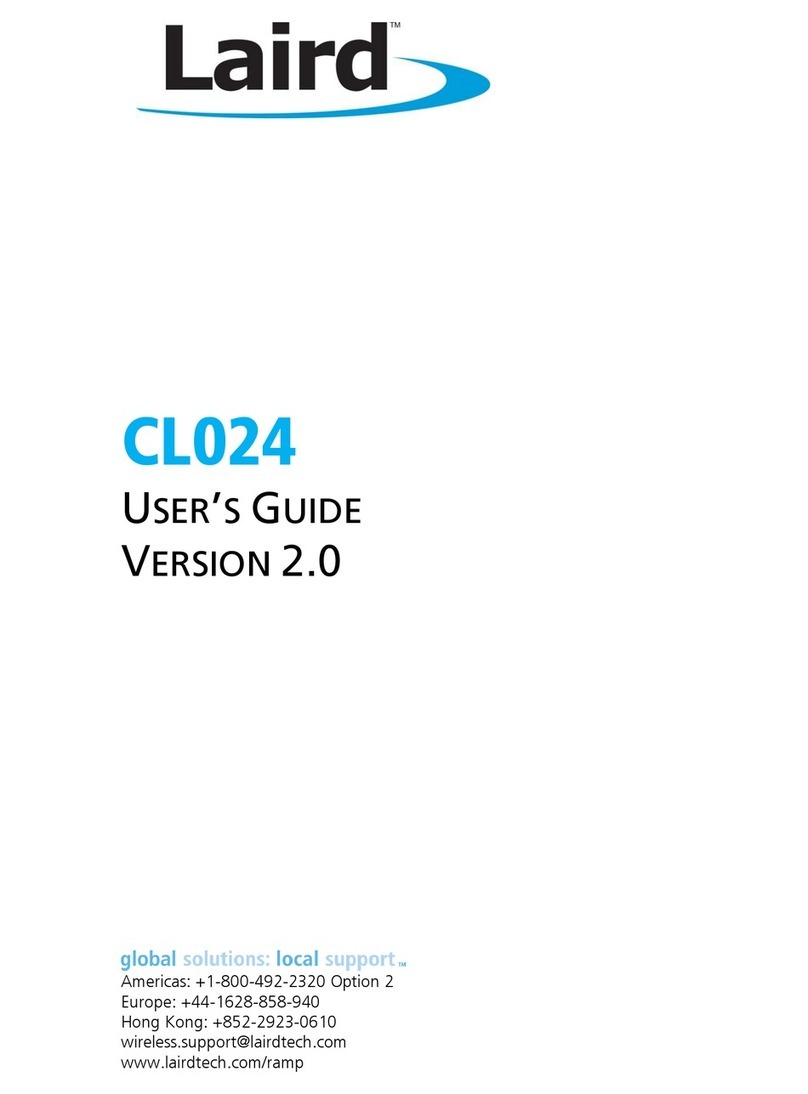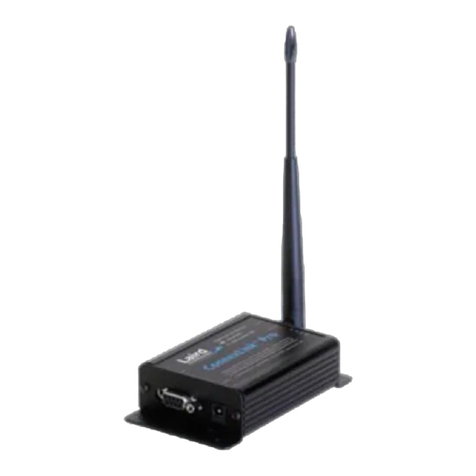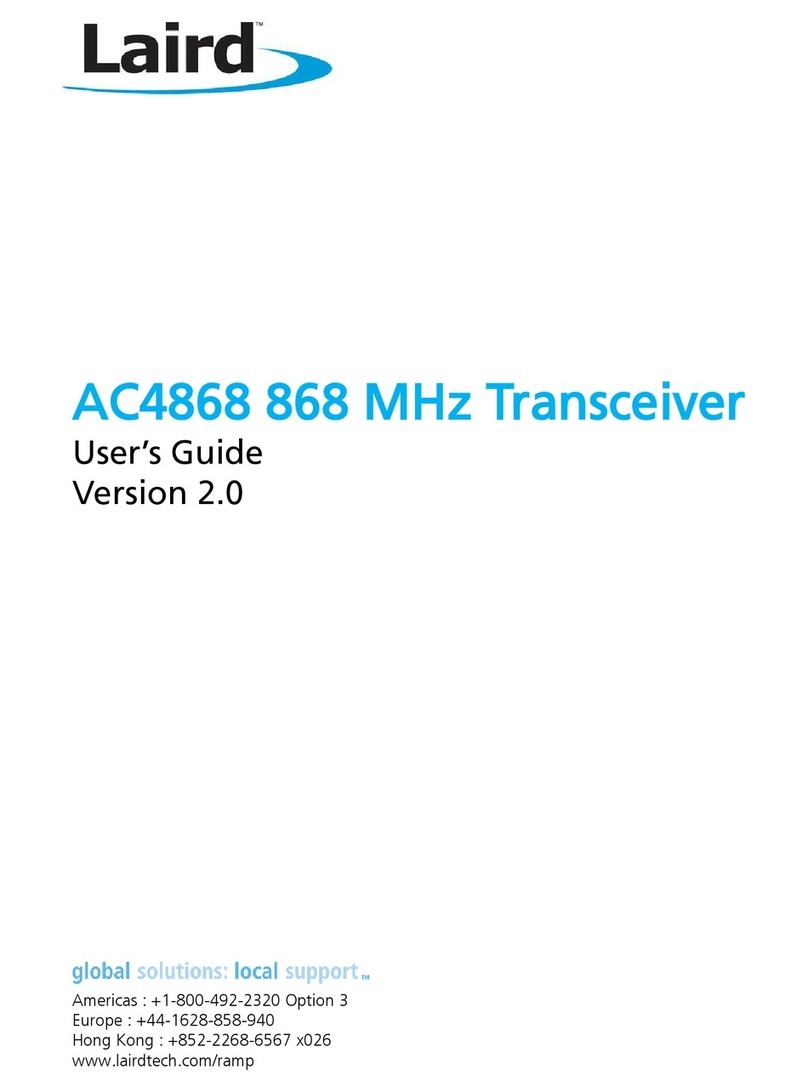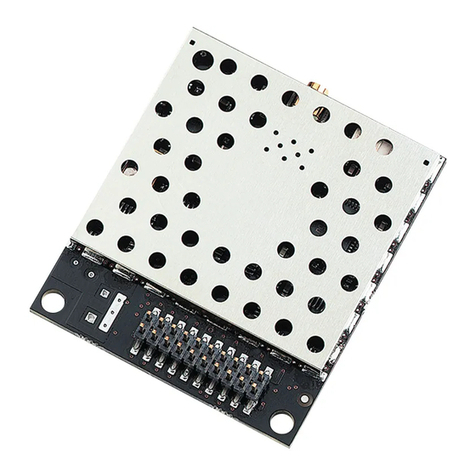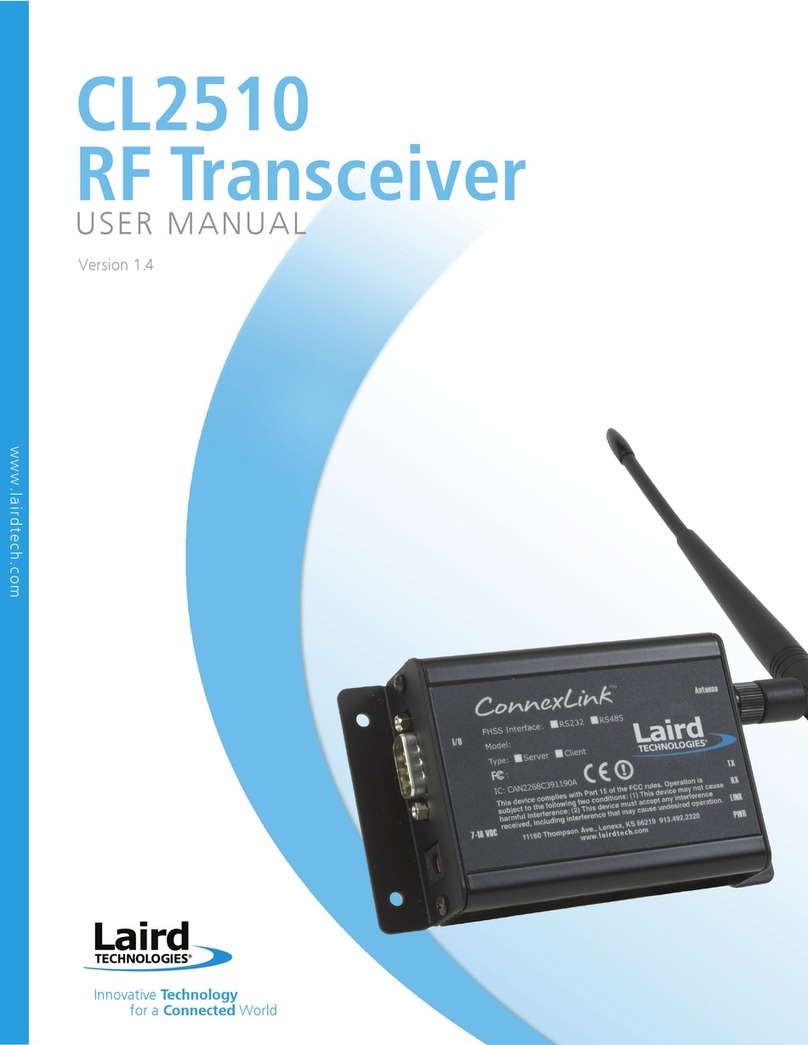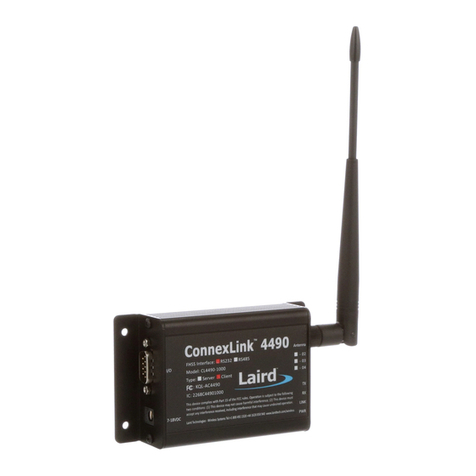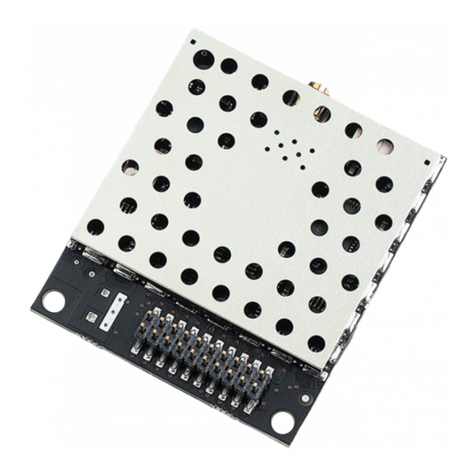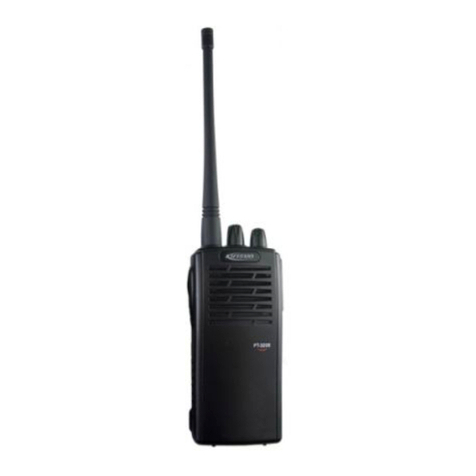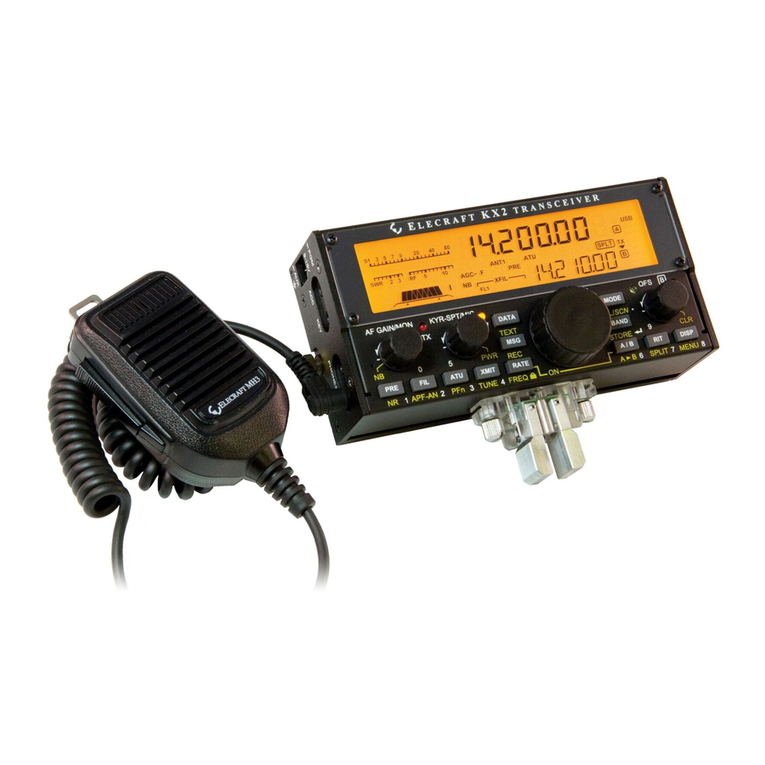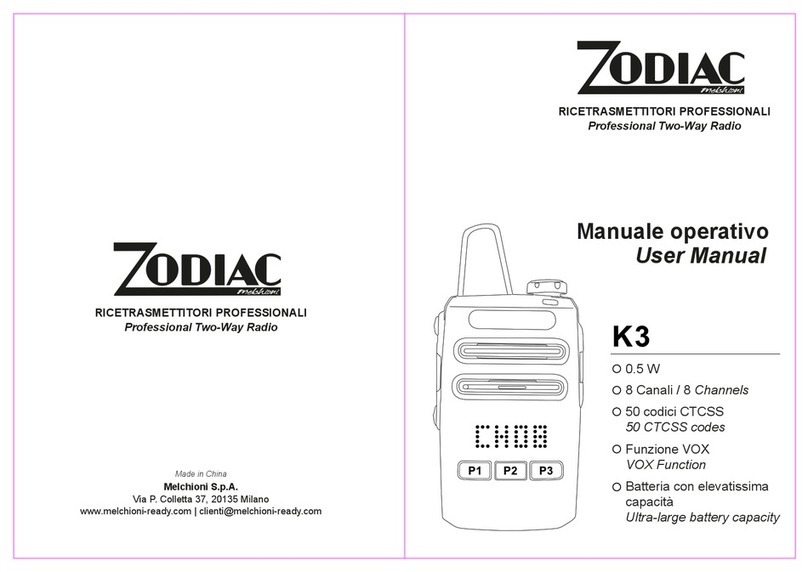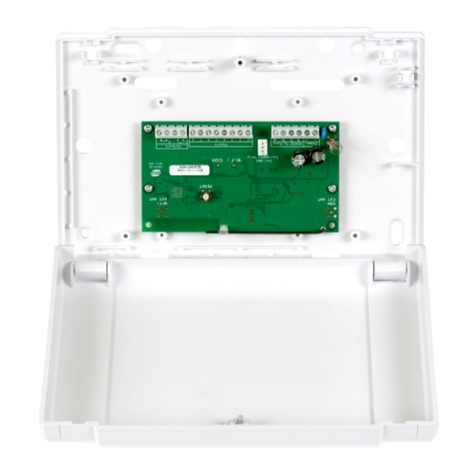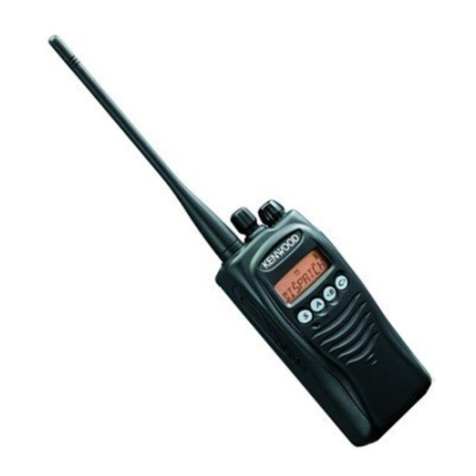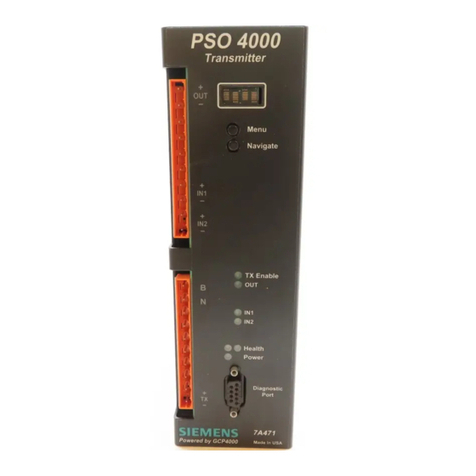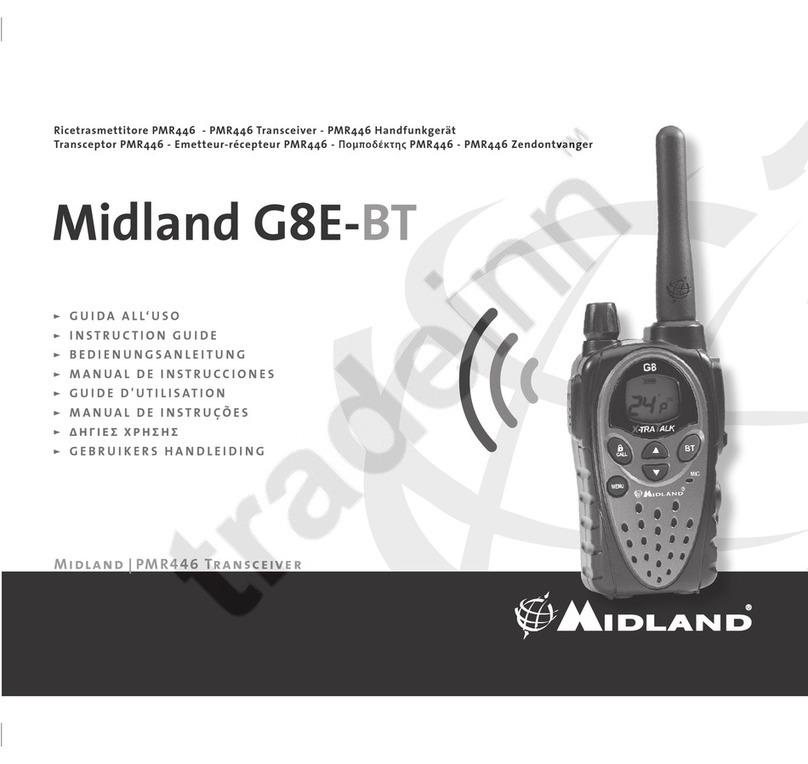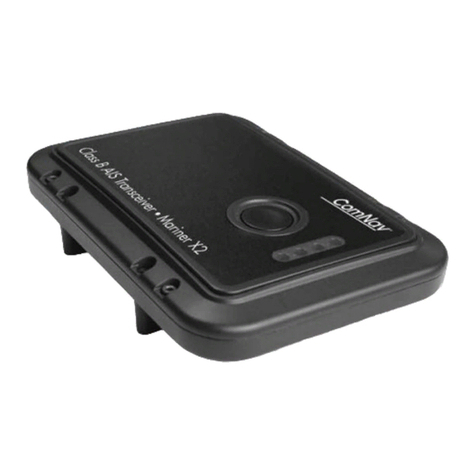CONTENTS
AC4490 RF Transceiver................................................................................................................................. 5
Overview.................................................................................................................................................... 5
Features ........................................................................................................................................................ 5
Networking and Security ........................................................................................................................... 5
Easy to Use ................................................................................................................................................ 5
Detailed Specifications ................................................................................................................................ 5
Electrical Specifications ............................................................................................................................... 7
Hardware.................................................................................................................................................... 10
Pin Definitions .......................................................................................................................................... 10
Pin Descriptions........................................................................................................................................ 12
Generic I/O .............................................................................................................................................. 12
TXD & RXD .............................................................................................................................................. 12
CTS ....................................................................................................................................................... 12
GND ........................................................................................................................................................ 12
RTS.......................................................................................................................................................... 12
Test ...................................................................................................................................................... 12
RSSI ......................................................................................................................................................... 13
UP_Reset ................................................................................................................................................. 13
CMD /Data ............................................................................................................................................ 14
AD In....................................................................................................................................................... 14
In Range ............................................................................................................................................... 14
Serial Interface ........................................................................................................................................... 14
Serial Communications............................................................................................................................. 14
Asynchronous Operation .......................................................................................................................... 14
Parity........................................................................................................................................................ 14
Serial Interface Baud Rate......................................................................................................................... 15
OEM Host Data Rate................................................................................................................................ 16
Radio Interface........................................................................................................................................... 16
Protocol Status / Receive Acknowledgement ............................................................................................ 16
Protocol Status ........................................................................................................................................ 16
Receive Acknowledgement ...................................................................................................................... 16
Flow Control ............................................................................................................................................ 16
CTS On/CTS On Hysteresis (Flow Control) ................................................................................................ 16
Security ....................................................................................................................................................... 18
Spread Spectrum History ......................................................................................................................... 18
How Spread Spectrum Works .................................................................................................................. 18
Frequency Hopping Spread Spectrum ...................................................................................................... 18
AC4490 Security Features........................................................................................................................ 19
AC4490 Mechanical and Layout ............................................................................................................... 20
Mechanical Drawings ............................................................................................................................... 20
AC4490 Timing Diagrams .......................................................................................................................... 23
Ordering Information................................................................................................................................ 24
Product Part Number Tree ........................................................................................................................ 24
Developer Kit Part Number....................................................................................................................... 24
Compliance Information ........................................................................................................................... 24
AC4490- 1x1 ........................................................................................................................................... 24
